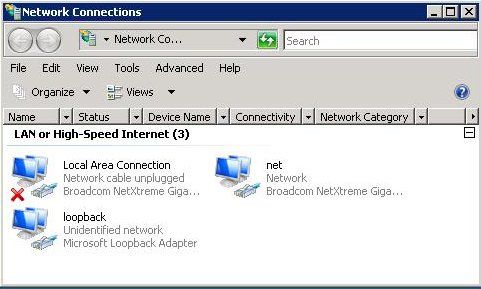Direct Server Return
We call it Direct Routing, just for fun
We call it Direct Routing, just for fun











Try us out—no strings, no stress, just seriously good load balancing and top-notch support. Let's make your apps unstoppable!